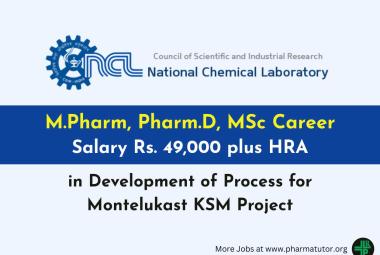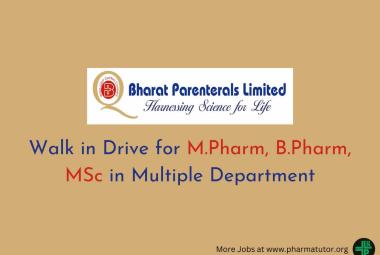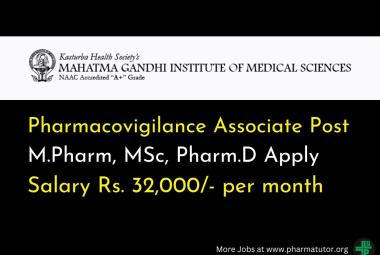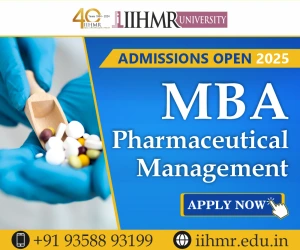EVALUATION OF DOOR TO NEEDLE TIME AND PREDISPOSING FACTOR TO IT IN A TERTIARY CARE HOSPITAL, CHIDAMBARAM
{ DOWNLOAD AS PDF }
 ABOUT AUTHORS
ABOUT AUTHORS
ALEEM SARWAR*1, ADHIN ANTONY XAVIER1, K RAGACHANDANA1, C K DHANAPAL1, S SUDARSHAN2
Department of Pharmacy1, Annamalai University, Chidambaram, Tamil Nadu, India
Department of Medicine2, Rajah Muthiah Medical College, Annamalai University, Chidambaram, India
aleempharma30@gmail.com
ABSTRACT
OBJECTIVE
The aim of our study is to evaluate the door to needle time for ST-segment elevation myocardial infarction and to identify factors associated with a prolonged door to needle time. STEMI most commonly occurs when thrombus formation results in complete occlusion of major epicardial coronary vessels. Percutaneous coronary intervention and Thrombolytics are the two choice of treatment available for STEMI. Where door to needle time have a significant role in determining the efficacy of thrombolytics.
METHODOLOGY
This is a prospective observational study conducted at RMMCH hospital, during the period of Nov 2014 to March 2015, all patient admitted with STEMI, who were thrombolysed were included in the study. Door to needle time is measured and reason for prolongation is identified. Patients who were diagnosed as NSTEMI or unstable angina and who were diagnosed as STEMI and not thrombolysed were excluded from the study.
RESULT
100 patients were included in the study. Which comprises of 72 males and 28 females .door to needle time of < 30 minute was achieved in 27% of study population as per ACC/AHA guidelines were 73% failed to achieve. Highest number of population was observed in the age group of 61-70 which consist of 21 males and 6 females. Mean door to needle time was found to be 44 minutes. Majority of the patients were thrombolysed in between 31 – 45 minutes
CONCLUSION
less than a third of patients with STEMI received thrombolytics within the prescribed time interval of 30 minutes. Delay in decision making and lack of senior medical officers was found to be predisposing factor for the prolongation of door to needle time ,which requires special attention.


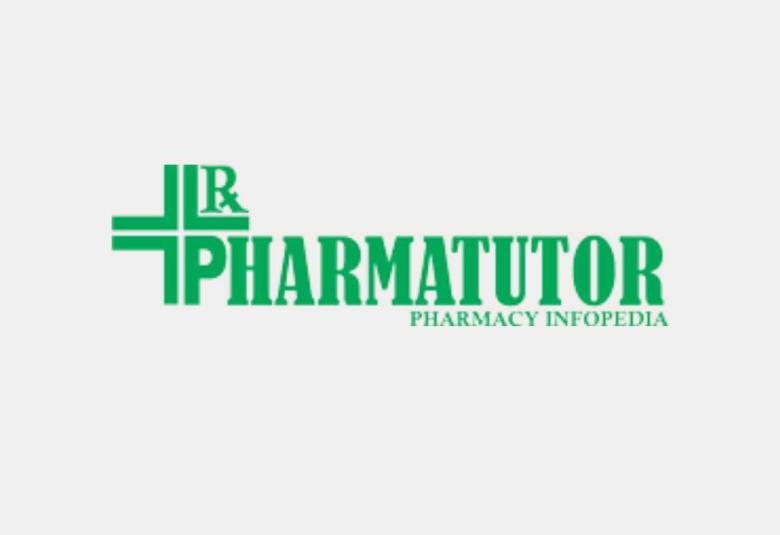
 ABOUT AUTHORS
ABOUT AUTHORS ABOUT AUTHORS
ABOUT AUTHORS